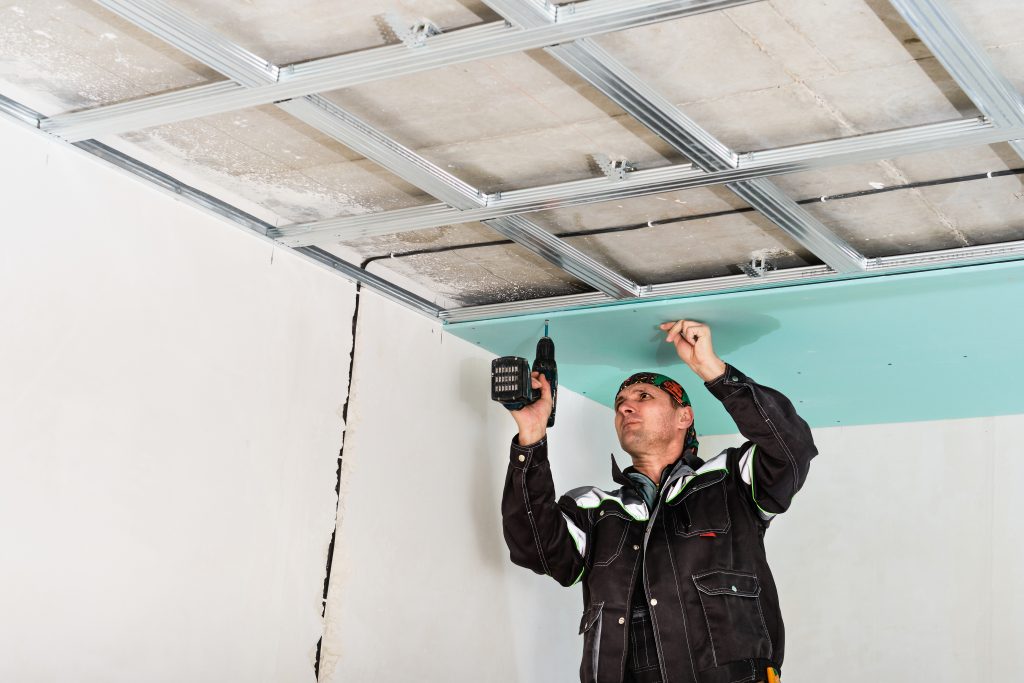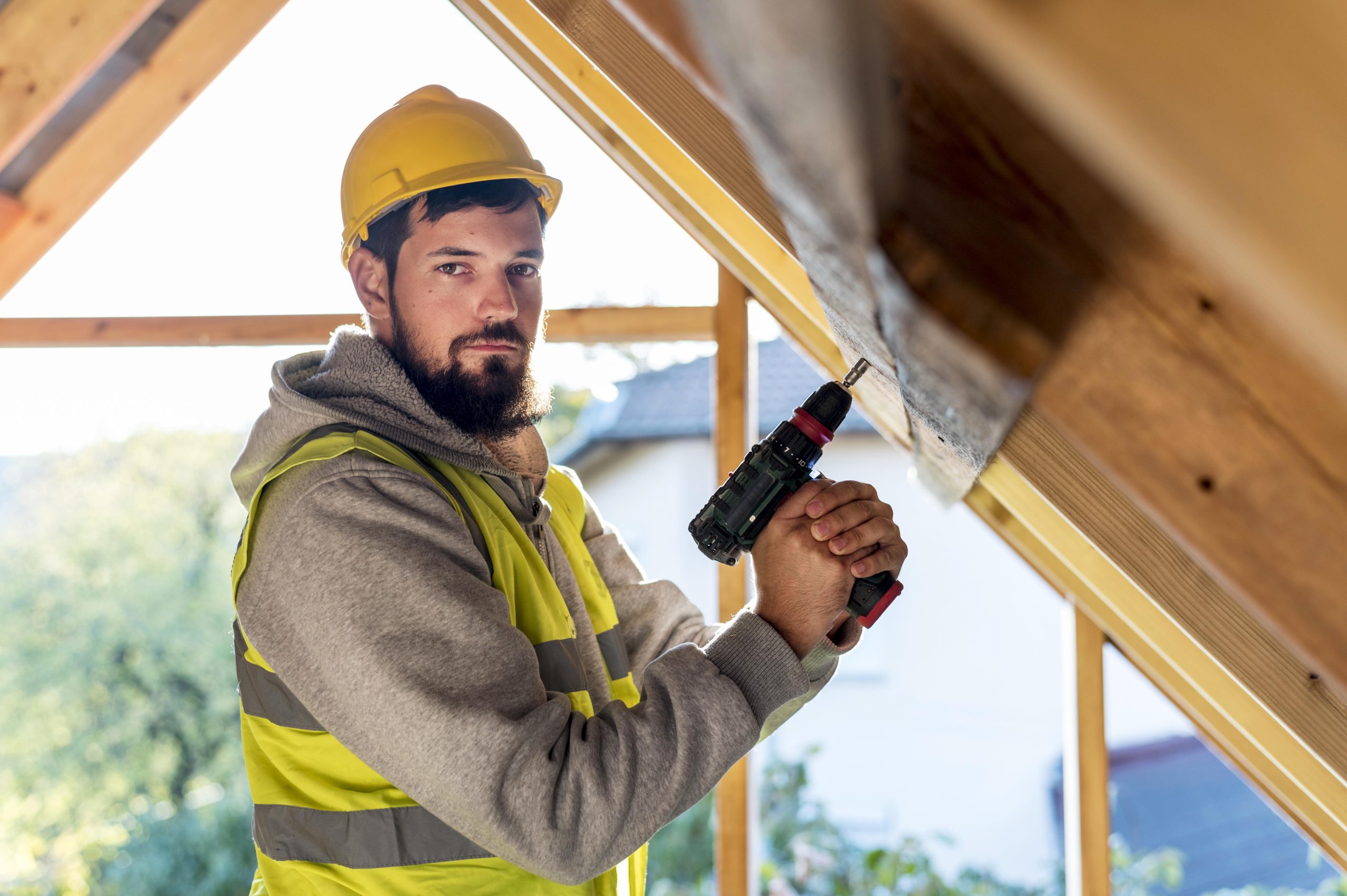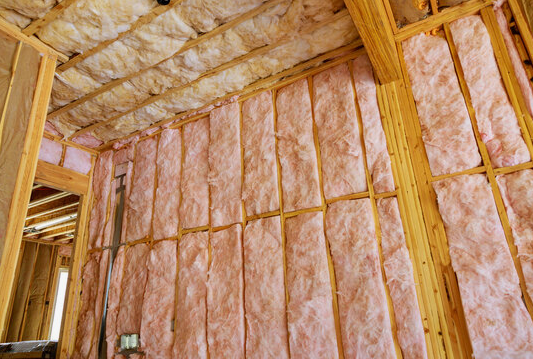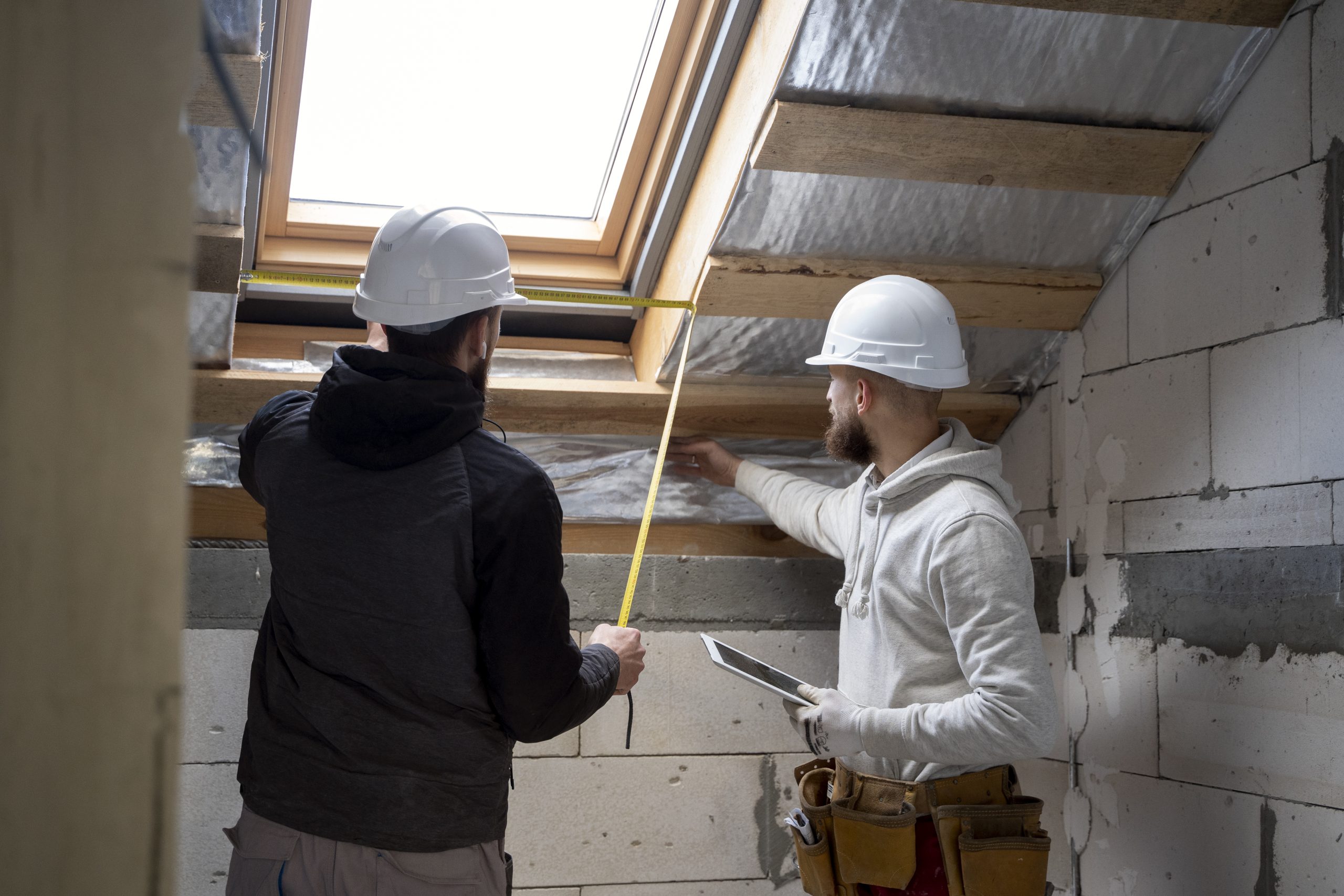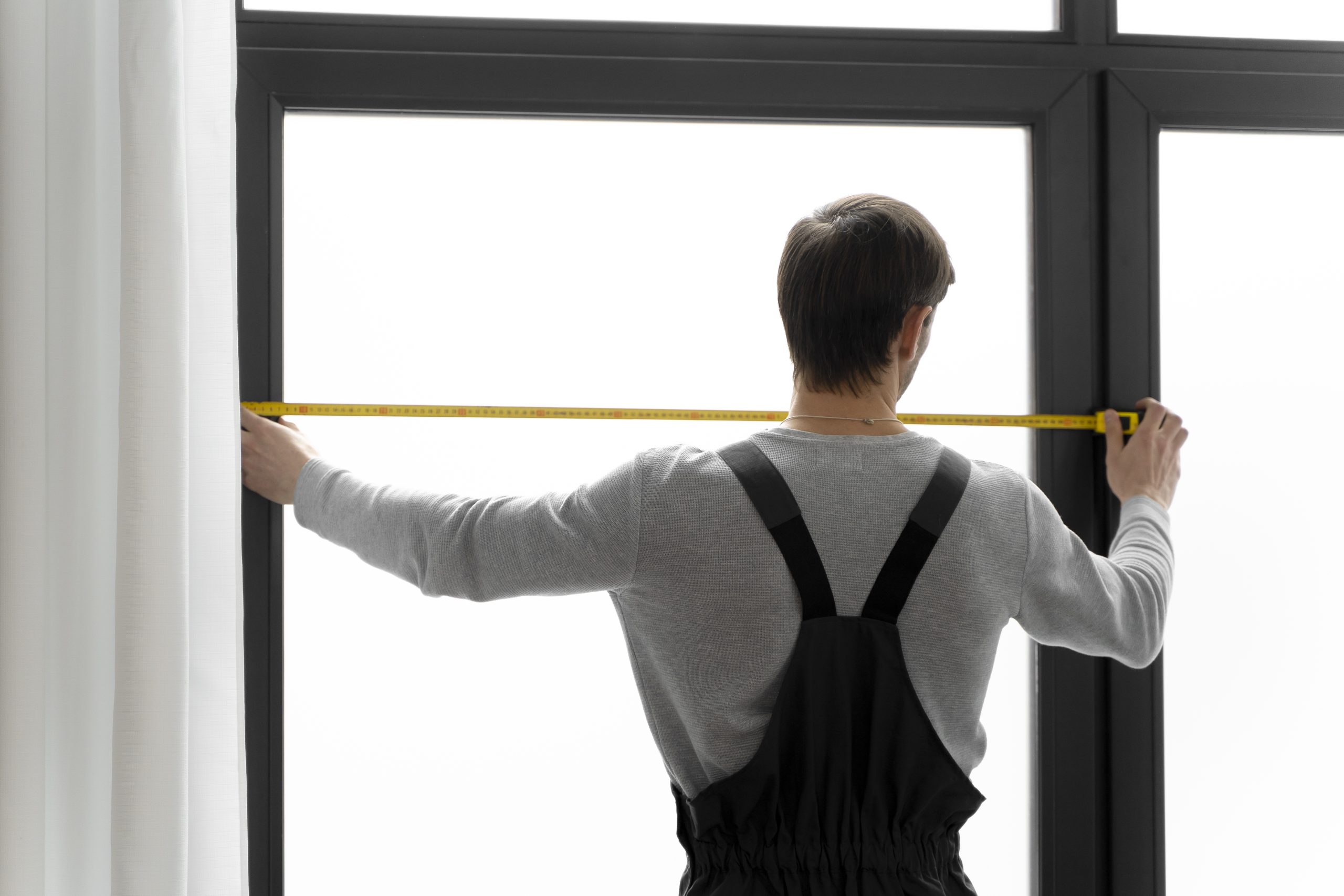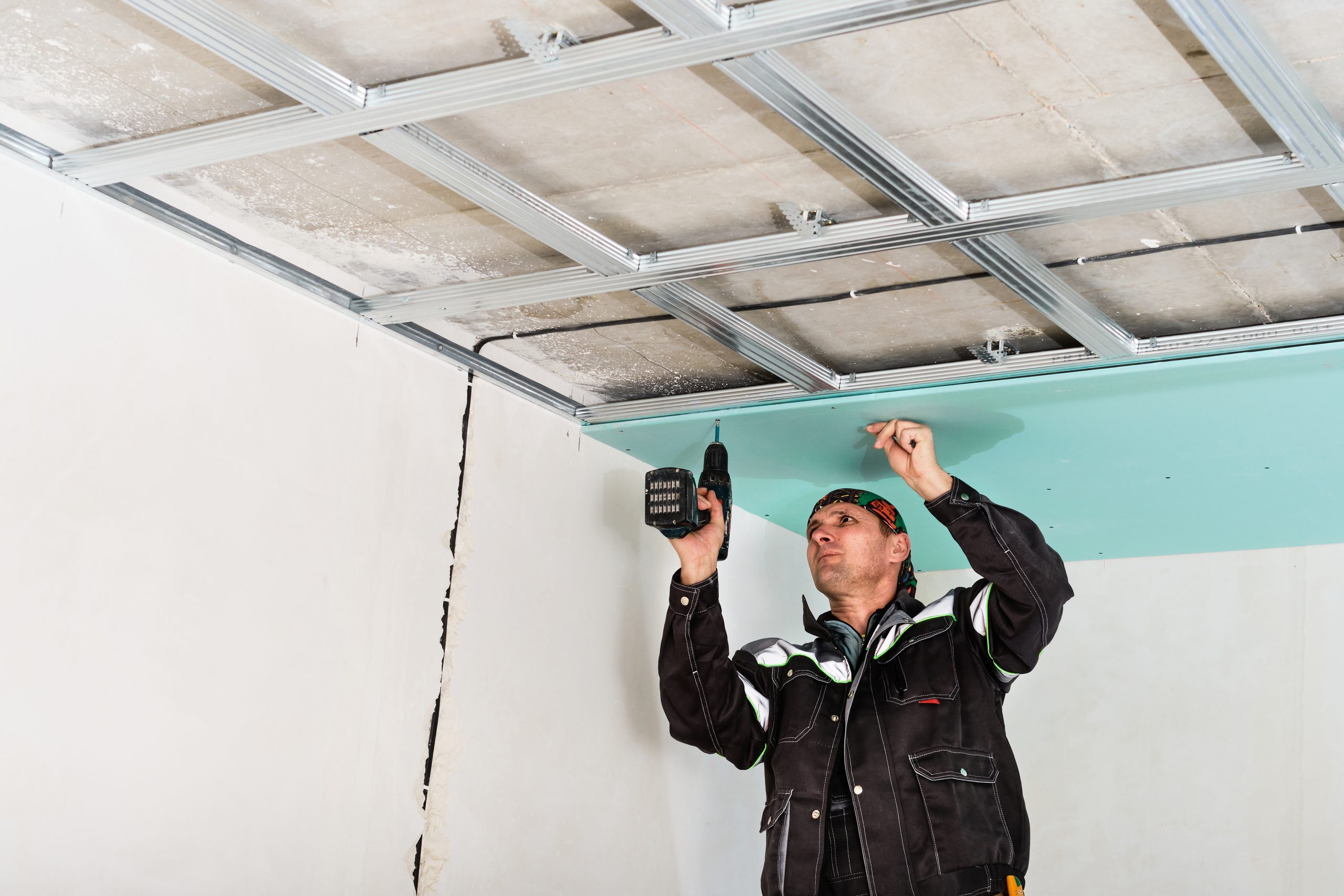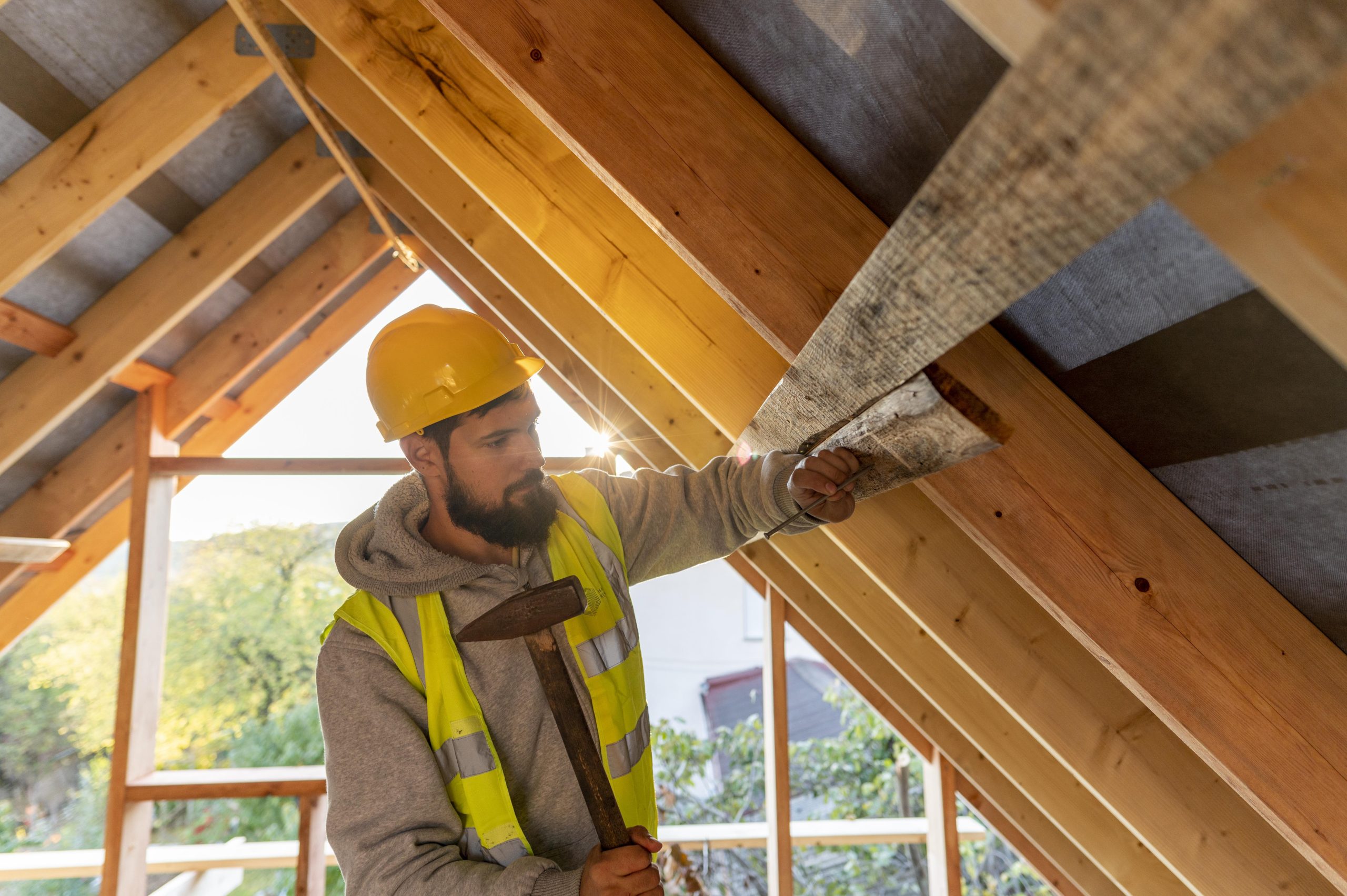Introduction: Why Crawl Space Insulation Matters
When it comes to improving your home’s energy efficiency, comfort, and air quality, insulating the crawl space is one of the most overlooked yet impactful upgrades. Without proper insulation, your crawl space becomes a source of heat loss, moisture buildup, and even pest infiltration. Choosing the best crawl space insulation helps reduce utility bills, enhance indoor comfort, and protect your home’s structure over time. In this guide, we’ll break down the most effective materials and explain how to make the best decision for your home.
What Makes the Best Crawl Space Insulation for Energy Efficiency?
Not all insulation is created equal, especially for below-ground or unventilated areas like crawl spaces. The best crawl space insulation options meet a few critical criteria:
- High R-value per inch: More thermal resistance means better energy savings.
- Moisture resistance: Essential to prevent mold, mildew, and rot.
- Air-sealing capability: Stops drafts and improves indoor air quality.
- Durability: Lasts for decades without degrading.
Now, let’s explore which materials meet these standards.
Top Materials Ranked: Choosing the Best Crawl Space Insulation Solutions
Here are the top insulation materials used in crawl spaces, ranked by energy efficiency, cost-effectiveness, and ease of installation:
1. Closed-Cell Spray Foam Insulation
- R-value: R-6.5 to R-7.5 per inch
- Air Sealing: Excellent
- Moisture Resistance: Excellent
- Cost: $$–$$$
- Best for: Unventilated crawl spaces, high-humidity areas
Closed-cell spray foam is widely regarded as the best-performing material for crawl space insulation. It acts as both an insulator and an air/moisture barrier. Although more expensive than other materials, it offers superior energy savings in the long run.
2. Rigid Foam Board (XPS, EPS, or Polyiso)
- R-value: R-4 to R-6.5 per inch
- Air Sealing: Moderate
- Moisture Resistance: Good
- Cost: $$
- Best for: Wall insulation in crawl spaces
Rigid foam boards provide excellent thermal resistance and are relatively easy to install on crawl space walls. When sealed at the seams, they offer effective protection against air infiltration and moisture.
3. Blown-In Fiberglass or Cellulose
- R-value: R-3.2 to R-3.8 per inch
- Air Sealing: Poor unless sealed
- Moisture Resistance: Poor (prone to mold)
- Cost: $
- Best for: Vented crawl spaces with proper vapor barriers
Blown-in options are more affordable and environmentally friendly but require a dry and properly sealed environment to prevent degradation.
Why Closed-Cell Foam Leads the Pack
If you want the best crawl space insulation for energy efficiency, closed-cell spray foam insulation is the gold standard. Its high R-value, moisture resistance, and seamless application make it ideal for sealing crawl spaces completely. It also reinforces structural integrity and deters mold growth.
Affordable and Eco-Friendly Alternatives for Crawl Space Insulation Services
If closed-cell spray foam is outside your budget, there are still reliable and eco-conscious alternatives. Cellulose insulation, made from recycled newspaper, and fiberglass batts are budget-friendly and available through most crawl space insulation service providers. However, they need to be paired with a high-quality vapor barrier and professional installation.
How Best Crawl Space Insulation Service Ensures Maximum Efficiency
Even the best material can fail if not installed correctly. Hiring a professional crawl space insulation service ensures:
- Proper sealing of air gaps and vents
- Correct R-value material for your climate zone
- Installation of vapor barriers and dehumidifiers if needed
- Compliance with local building codes
- Long-term energy savings and warranty-backed work
Comparing Materials: Spray Foam vs. Rigid Board vs. Blown-In
| Material | R-Value/Inch | Moisture Resistance | Air Seal Quality | Cost | Durability |
| Spray Foam | R-6.5 – R-7.5 | Excellent | Excellent | High | 30+ Years |
| Rigid Foam Board | R-4 – R-6.5 | Good | Moderate | Medium | 20+ Years |
| Fiberglass/Cellulose | R-3.2 – R-3.8 | Poor | Low | Low | 10–15 Years |
Tips to Enhance Energy Efficiency After Insulating Your Crawl Space
Maximizing energy efficiency doesn’t stop at insulation. Consider:
- Sealing crawl space vents (in unvented spaces)
- Installing a vapor barrier over the ground
- Adding a sump pump or dehumidifier for moisture control
- Grading soil away from foundation to prevent water entry
Local Tip: Best Crawl Space Insulation Contractors Near Me
When searching for “crawl space insulation contractors near me,” look for licensed and insured professionals with strong reviews, clear service packages, and warranty-backed insulation systems. Local experts like WeatherTek Insulation understand your region’s specific moisture and climate challenges.
Reference for Returning Readers: Best Insulation Types Reviewed Before
If you enjoyed this post, don’t miss our previous blog: What are The Best Insulation Types Available for Your Home? where we reviewed the top insulation materials for attics, walls, basements, and more.
FAQs About Crawl Space Insulation
1. What is the most energy-efficient best crawl space insulation?
Closed-cell spray foam is the most energy-efficient due to its high R-value, air seal, and moisture control.
2. Can I DIY crawl space insulation, or should I hire a contractor?
DIY is possible but risky—improper sealing or moisture control can lead to mold and structural issues. A professional crawl space insulation service ensures safe, lasting results.
3. How thick should crawl space insulation be?
This depends on your climate zone. Generally, aim for R-19 to R-30 insulation, which translates to 3 to 5 inches of spray foam or 6 to 9 inches of fiberglass.
4. What is crawl space encapsulation and is it necessary?
Encapsulation includes sealing walls and floors with vapor barriers and insulation. It’s ideal for high-moisture regions and maximizes efficiency.
5. How much does professional crawl space insulation cost?
Prices vary based on size and material but typically range from $2,000 to $8,000. Spray foam is the most costly, but also offers the best return.
Conclusion: Invest in the Best for Long-Term Comfort and Savings
Choosing the best crawl space insulation isn’t just about material it’s about performance, moisture control, and professional application. Whether you go with high-end spray foam or an affordable fiberglass system, the key is proper installation. Contact a reliable crawl space insulation service like WeatherTek Insulation to assess your home and get long-lasting results that cut your energy bills and boost comfort.
Ready to protect your home from the ground up? Contact WeatherTek Insulation today for a free estimate and expert advice.


